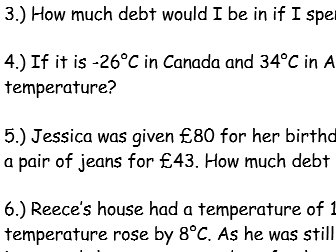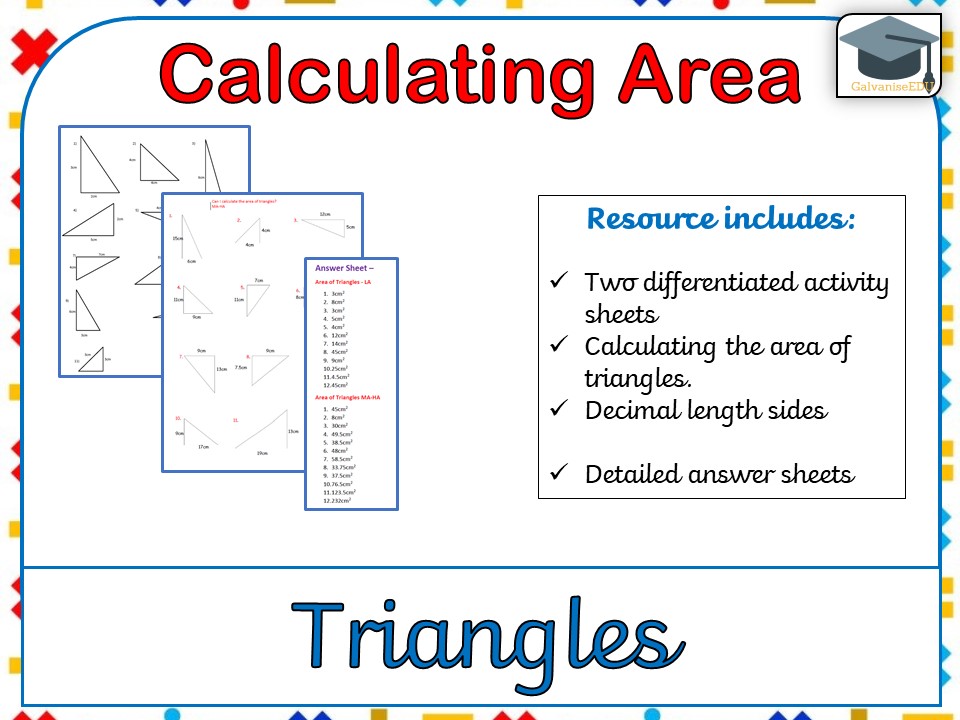GalvaniseEDU's Educational Resources
Experienced KS1 and KS2 teacher currently teaching in Year Six. Specialist Leader for Mathematics across three Local Authorities. All resources have been tried and tested. I'm open to suggestions and requests and aim to help anyone who requires it. Please leave feedback and rate my resources.





















